As Oriental medicine gains attention around the world, Korea is turning to traditional Korean medicine to attract more tourists.
At Namsangol Hanok Village, international visitors can experience a fusion of traditional Oriental medicine and cuisine as seen on the internationally acclaimed historical drama “Jewel in the Palace.”
The show not only boosted hallyu, or the movement of Korean popular culture, but also triggered an interest in traditional Korean medicine among many tourists and foreigners.
At Namsangol Hanok Village, international visitors can experience a fusion of traditional Oriental medicine and cuisine as seen on the internationally acclaimed historical drama “Jewel in the Palace.”
The show not only boosted hallyu, or the movement of Korean popular culture, but also triggered an interest in traditional Korean medicine among many tourists and foreigners.

In response to the growing interest in this aspect of Korean culture, the Seoul Metropolitan Government hosts a free Oriental medicine treatment program, now in its third year, so that more tourists can further their experience and knowledge of Korean medicine.
A typical session is held inside a hanok, or traditional Korean house, replicating scenes from “Jewel in the Palace,” with doctors and nurses dressed in traditional Korean costumes.
The session includes taking the pulse for diagnosis, an analysis of the type of body constitution, acupuncture, cupping therapy and physical therapy by traditional Korean doctors.
Nicky Oh, an interpreter for the program, explained: “It is very fascinating and scientific at the same time. In Western medicine they focus on the symptom itself, but here we try to search out the root of the disease. We help it, but the real doctors are our bodies.”
Japanese tourists take a keen interest due to the specialized clinics in Korea.
“I read about Korean medicine and came here to try it to see if it could help my skin,” said Japanese tourist Yuki Kamiya.
Visitors can also get traditional Korean medicinal prescriptions ranging from herbal soaps and sachets to herbal tea. However, more precaution is taken with treatment, since Western and Oriental medicines are very different in diagnosis and prescription.
Moreover, there is a need to differentiate Korean medicine from traditional Chinese practices and to have international market recognition of Korean medicinal ingredients.
“In the film, the main character entered the palace as a chef but became a royal doctor, because our medicine has the same ingredients as our food, which are mostly herbs,” Oh said.
“If we understand about the nature of food, they can be the medicine.”
This year marks the 400th anniversary of the medical encyclopedia “Dongui Bogam” compiled by royal physician Heo Jun in 1613, which is listed in UNESCO’s Memory of the World Register.
The next Oriental medicine treatment session is slated to be held from Sept. 4 until the end of October at Namsangol Hanok Village. For more information, call (02) 3446-3316, or visit, www.visitseoul.net.
By Astha Rajvanshi (astha_raj06@gmail.com)


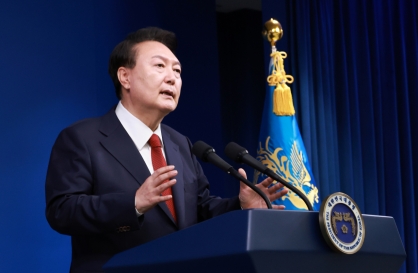


![[K-pop’s dilemma] Can K-pop break free from ‘fandom’ model?](http://res.heraldm.com/phpwas/restmb_idxmake.php?idx=644&simg=/content/image/2024/05/09/20240509050541_0.jpg&u=20240509173751)
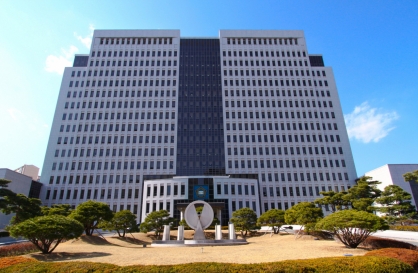


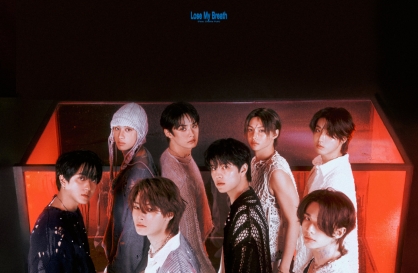
![[News Analysis] Yoon's first 2 years marked by intense confrontations, lack of leadership](http://res.heraldm.com/phpwas/restmb_idxmake.php?idx=644&simg=/content/image/2024/05/09/20240509050612_0.jpg&u=20240509233252)
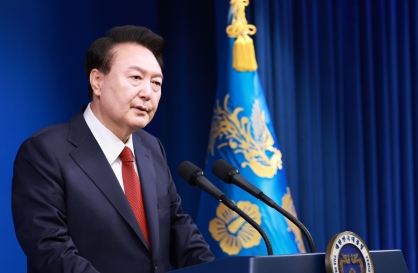


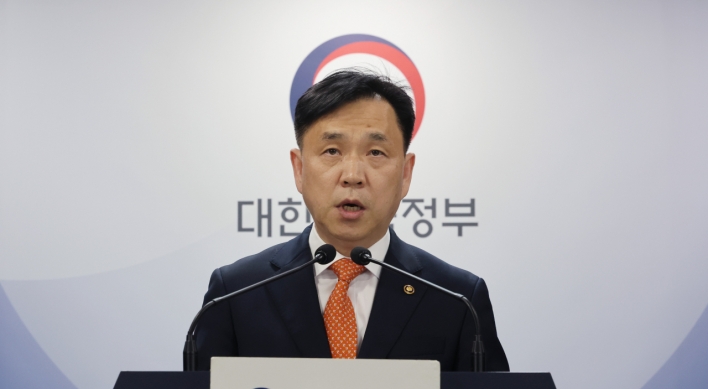


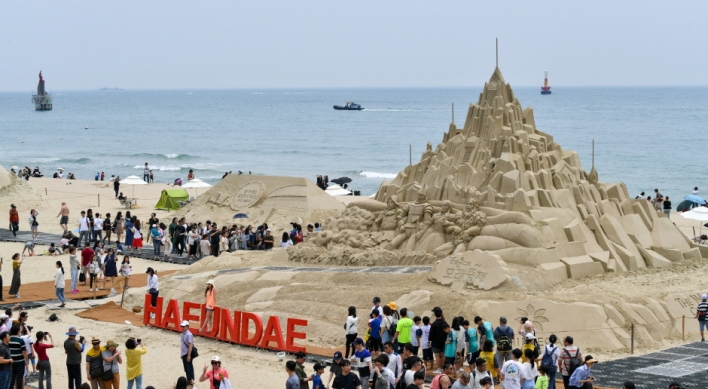
![[Today’s K-pop] NCT’s Mark to drop 1st solo album in February 2025](http://res.heraldm.com/phpwas/restmb_idxmake.php?idx=642&simg=/content/image/2024/05/10/20240510050597_0.jpg&u=)